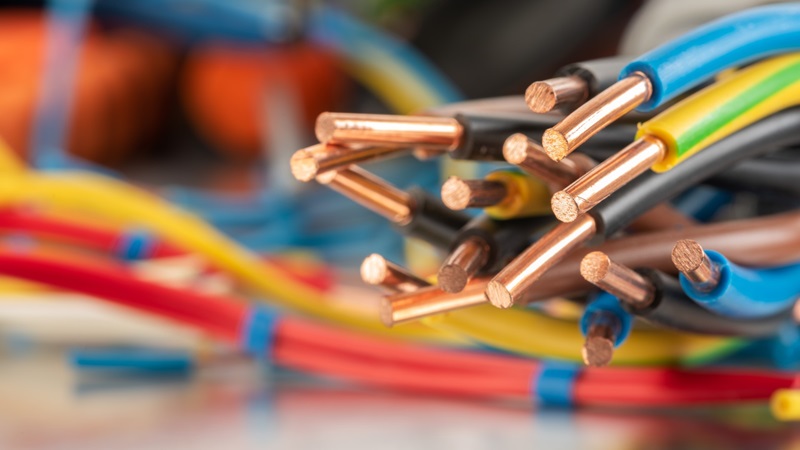
Tip of the Week: How to Use Your Smartphone to Actually Be Productive
There is consistent conversation about the security of your data and the best ways to minimize the risk of losing it. At some point in this conversation the topic of mobile devices comes up. The general consensus is that the more places your staff can access their work, the more they can get done, and how could it not? With smartphones becoming as predominant as coffee mugs, and the nature of mobile devices that have the capability of hopping from one network to the next, how can you ignore that the devices themselves are a data-loss risk?
With that in mind, PACE Technical Services has done its due diligence and has chosen solutions that are reliable and customizable for use with your organization. The proliferation of mobile device management software coupled with a conscientious effort by your employees to adhere to the best practices of data security can go a long way toward protecting your company from the perils of data loss. Smartphones, however, present one larger question that is often not considered as fears of data loss consume the minds of your IT professionals: How much actual work can you get done on a smartphone?
It’s true that many smartphones have grown up. Many feature four-to-six-inch displays that make computing very accessible, and the specifications of these devices are so dynamic that many of them have more processing power than a laptop that was manufactured a few short years ago. There is also no question that the applications available for smartphones today are clearly better than anything that has been available on a mobile device up until now. Can these smartphone improvements work to create an environment where they can be used to complete work tasks while you’re on the go?
This is where the ambiguity starts. Smartphones are everywhere. People of all ages use them, and most of these users do not try and get anything done on their smartphone. A study conducted by BI Intelligence states that your average smartphone user:
Plays games 39-percent of the time.
Uses social media 24-percent of the time.
Uses the utilities applications 17-percent of the time.
Entertainment, lifestyle, and health all accounted for three-percent.
This leaves a possible 11-percent window in order to fill with work, or, (if you’d rather not look at it that way) 89-percent of the time the smartphone is occupied.
It’s not that a smartphone can’t be used for productivity, its just that users shouldn’t consider it a legitimate interface to accomplish work. The communication capabilities of these devices are such that anything you can do with your PC, you can do on the go with your mobile device. For this purpose, smartphones are far superior to the PC, as it is the core function of many of these devices. As far as actual “work” goes, however, the smartphone has many drawbacks for a user. In lieu of this fact, here are two valuable tips that smartphone users can take advantage of to be more productive for those times when they are away from the office.
Stay Current
The smartphone does one thing exceptionally well: It keeps you notified. If you set up your smartphone to provide you with the latest news available on your projects, you’ll be more apt to be on the ball when the time comes to produce results. Notifications from your email or text alerts from applications can help you be in the know more, and thus be of greater use to your organization.
Organize
Today’s smartphones have dynamic integrations with many cloud-based resources that can sync all the information, your calendar included, to your account. This allows you to organize tasks and properly plan out strategies to proliferate tasks properly. Using your phone’s integrated browser, you can browse valuable online resources and then pluck them out using a note-taking application, like OneNote. This process can help you keep important tasks at the top of your to-do list and do those tasks in less time.
If you are looking to use your smartphone as the lone computing device outside of your office, you may be disappointed. To get more work done, from more places, look no further than the machine you can’t seem to ignore if you wanted to. Make your smartphone better work for you and your company.
What are your thoughts? Do you use your smartphone for business? Are there any apps you prefer over others? If you have other tips for getting the most out of your smartphone feel free to leave them in the comments.






